Before embarking on any sailing adventure, taking time to gear up for anything the sea might throw at you is a must. Preparation isn’t just a box to tick—it’s the bedrock of a safe and enjoyable journey. Setting sail without a solid safety plan could be risky, and even seasoned sailors need a refresher every now and then.
Being aware of maritime risks helps in tailoring your safety checks. This includes everything from potential weather changes to equipment failure. You’ll want to cover all bases to keep yourself and your crew in good hands. Think about what might go wrong and have a game plan ready. Setting sail with a comprehensive strategy means you’re always one step ahead.
A checklist is your best friend here. Having a detailed list simplifies the whole process, keeping track of what you’ve done and what’s needed. It’s your roadmap to ensure all safety protocols are met. A checklist ensures nothing slips through the cracks, giving you peace of mind as you push off from the dock.
Life-Saving Equipment: Your Best Allies at Sea
When you’re out there on the open water, life-saving equipment isn’t just handy—it’s a lifeline. Life jackets are the first pieces of gear to sort out. Check if they meet the latest safety standards and have the right fit for every crew member. Consider the specific type you need, whether it’s for coastal sailing or further offshore. Remember, inflated bits and buckles should be in tip-top shape before you even think about setting off.
Life rafts are another critical piece of kit. They should be serviced and ready at a moment’s notice. Double-check those inflation systems and that all emergency supplies are on board and expired. Accessibility is key here, so know exactly where it’s stored and how to deploy it swiftly if you have to.
Then there’s the personal locator beacon (PLB). This little gadget is a game-changer in emergencies, broadcasting your location to search and rescue services when you’re in a jam. Each passenger should have one, and you want them within easy reach. Registration with the right authorities ensures that if the worst happens, you’ll be found and helped more quickly. It’s all about making sure everyone comes home safely.
Communication and Navigation Tools: Staying Connected and on Course
Staying in touch when you’re sailing isn’t just about convenience; it’s crucial for safety too. Radio equipment tops the list here, offering reliable ship-to-shore communication. Regularly checking the functionality of VHF radios and making sure they’re charged is a routine you don’t want to skip over.
GPS and navigation apps have revolutionized sailing safety, providing precise guidance and updates. Keep your devices updated with the latest maps and software patches. This tech not only makes navigation easier, but it also warns you about upcoming weather changes or tricky areas to steer clear of.
Satellite phones might seem like a luxury, but they’re indispensable in remote areas where radio signals don’t reach. Having one on board ensures a direct line to emergency services and loved ones alike, offering peace of mind no matter where you are.
These tools go beyond just practical use—they’re part of a bigger safety protocol. Always have backup power sources at the ready. Navigating the vast waters with confidence hinges not only on sailing skills but also on the tech you bring along, prepared for whatever comes your way.
Emergency Essentials: Be Prepared for Any Contingency
Having a well-stocked first-aid kit is non-negotiable when spending time on the water. Your kit should cover everything from minor cuts to more serious medical mishaps. It’s smart to check your supplies regularly, replacing any expired items and making sure to include instructions for use in case someone inexperienced needs to lend a hand.
Fire extinguishers are essential gear—nothing can escalate as quickly as a fire on a boat. Knowing the locations of your extinguishers, checking expiration dates, and familiarizing yourself with proper usage can make all the difference. Every crew member should have a basic understanding of how to operate one in an urgent situation.
Don’t overlook emergency signaling devices. Flares and signal mirrors might seem old-school but they still do the heavy lifting when it comes to capturing attention in emergencies. Make sure they’re compliant with regulations and stored correctly. Familiarize yourself and your team with how and when to use them, because in a genuine emergency, quick actions can mean swift rescue.
At sea, preparation involves thinking through all possible scenarios and outfitting your boat accordingly. Every piece of equipment should serve a purpose, readily accessible and understood by all aboard. This kind of preparation doesn’t just make sailing safer—it makes it more enjoyable, knowing you’re ready for any situation the sea throws your way.
Weather-proofing and Personal Protection Gear
Choosing the right clothing is crucial when sailing, as maritime climates can be unpredictable. Layering is your best strategy, allowing you to adapt quickly to changing conditions. Invest in quality waterproof gear that includes rain jackets and pants—keeping dry means staying comfortable and alert.
Footwear is another important consideration. Sailing shoes or boots with good grip can prevent slips, so find ones that offer both comfort and stability. Moisture-wicking socks are a bonus, ensuring your feet stay dry through long days on deck.
Unexpected weather can spring surprises, and having rainwear on hand offers both protection and peace of mind. It’s advisable to keep rain gear readily accessible so it can be put on in a hurry if the skies decide to open up.
Sun protection shouldn’t be an afterthought. Sunglasses with UV protection shield your eyes, while a good hat can prevent sunburn on long sunny days. Keep a stock of sunscreen with a high SPF on board, and encourage everyone to apply it regularly. Dehydration can creep up on hot days, so remind everyone to keep drinking water.
Proper clothing and gear can make or break your day on the water. By ensuring you and everyone on board are ready for any weather, you’re free to focus on navigating and enjoying the basics of sailing, knowing you’re protected from the elements.
Conducting a Safety Drill: Practice Makes Perfect
A well-rehearsed safety drill is a critical preparation step before heading out onto open waters. Regularly conducting these drills helps ensure everyone knows what to do in an emergency, and it gives new crew members a chance to get familiar with safety protocols. A routine drill builds a solid foundation for peace of mind.
Assigning roles during these drills is a smart move. Make sure everyone is aware of their responsibilities should an issue arise. It could be manning the radio, handling a fire extinguisher, or deploying life rafts. Clear roles cut down confusion and ensure swift actions when every second matters.
Bringing your crew together through these drills increases teamwork. It ensures everyone is on the same page, ready to respond to any situation. Even seasoned sailors benefit from these refreshers, staying sharp and prepared for immediate action.
Ensuring all passengers, not just the crew, understand basic procedures can make a big difference during emergencies. Take the time to explain emergency equipment and protocols. A few extra minutes spent on this can increase safety and comfort for everyone on board.
Safety drills might seem routine, but they form a crucial part of any pre-departure checklist. Nothing boosts confidence like knowing everyone on board has practiced what to do before it’s needed. It’s all about being prepared to handle whatever comes your way.
As an Amazon Associate I earn from qualifying purchases.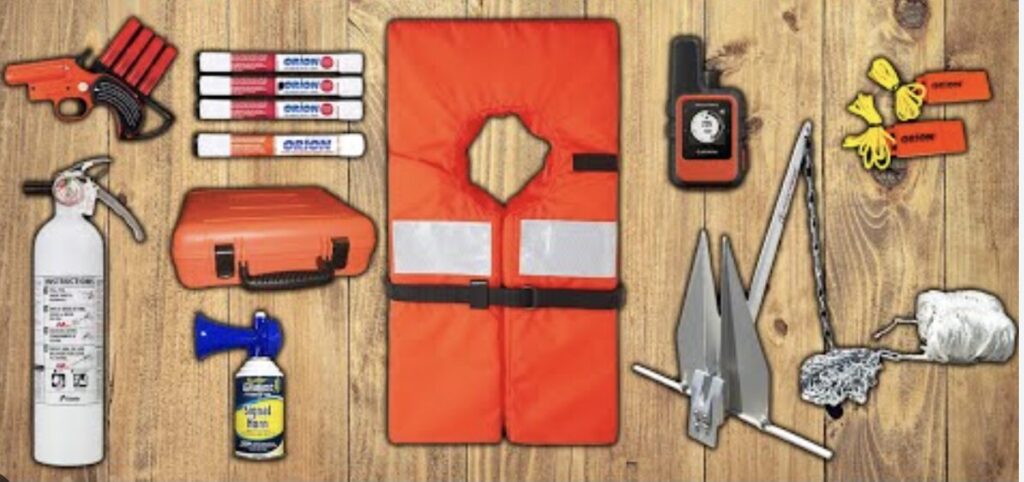

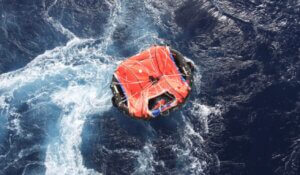
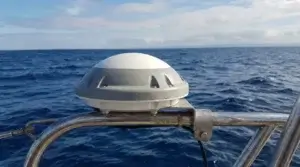
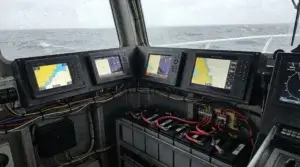

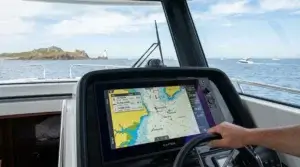
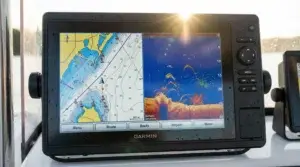


WOW, this is a very comprehensive article. We used to do lots of sailing in Minnesota but only on lakes. It was so much fun. I really miss it. My cousins always made sure we novices were safe on their sailboats. But, as I mentioned, we sailed on lakes. it must be a more intense activity on the ocean. I would definitely review this post before going on a sailboat to sail the seas. MAC.
WOW this article is really comprehensive. We used to do lots of sailing in Minnesota but only on lakes. It was so much fun. I really miss it. My cousins always made sure us novices were safe on their sailboats. But as I mentioned, we were sailing only on lakes. I imagine that it must be a more intense experience on the ocean. I would surely review this article before I ever get on a sailboat to sail the ocean. Thank you for posting such an informative article. It brought back memories for me. I have not thought about those days in Minnesota for many years. MAC.
Absolutely—great point. The idea that affiliate marketing is truly “passive” from the start is one of the biggest misconceptions out there, especially among retirees looking for low-effort income streams. In reality, it takes strategic effort upfront—research, audience-building, content creation—to see sustainable results later.
As for mentorship, I genuinely believe it can make a huge difference. Having someone to guide you past the shiny-object traps, help you choose the right niche, and hold you accountable can dramatically shorten the learning curve. The challenge is finding real mentors—not just gurus selling overpriced courses. Look for people who not only have proven results, but also actively engage with their communities and offer practical, transparent advice. Forums, masterminds, and even free communities on platforms like Reddit or Facebook can be a good place to start filtering the genuine voices from the hype.